I study C language and I have some difficulty to understand pointers and arrays.
In tutorial that I read I have this row:
char* arrP1[] = { "father","mother",NULL };
And my question is what is arrP1?
Is it array of pointers to the static strings:
Or it is pointer to the string array:
I am confused...what is arrP1?

